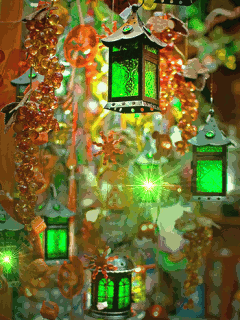


2016 is the Year of the
Monkey. 2016 Chinese New Year Date is on
February 8, 2016 in China's time zone.
In Chinese astrology calendar, the first day of Monkey year is February 4, 2016.
The Year 2016 is the 4713th Chinese year.
The Chinese believe that the first king of China was the Yellow King (he was not
the first emperor of China). The Yellow King became king in 2697 B.C., therefore
China will enter the 4713th year on February 8, 2016. Also, the Chinese Year
uses the cycle of 60 Stem-Branch counting systems and the Green Wood Horse is
the 33rd Stem-Branch in the cycle. Since (60 *78) + 33 = 4713, therefore 2016 is
the Red Monkey, which is the 4713th Chinese Year.
The Year 2016
is the 4713th Chinese Year
is the 4713th Chinese Year
2016 is year of the Red Monkey 
 .
The Chinese name of 2016 in the Chinese Horoscope calendar is
.
The Chinese name of 2016 in the Chinese Horoscope calendar is 
 .
Chinese apply Five Elements (Metal, Water, Wood, Fire and Earth) into the Chinese calendar.
.
Chinese apply Five Elements (Metal, Water, Wood, Fire and Earth) into the Chinese calendar.
 is in the Fire group.
The color of Fire is connected to Red.
is in the Fire group.
The color of Fire is connected to Red.  is the calendar character corresponding to Monkey. Therefore, 2016 is the Red Fire Monkey year.
is the calendar character corresponding to Monkey. Therefore, 2016 is the Red Fire Monkey year.
2016 is the 4713th Chinese Year.
According to Chinese Horoscope calendar, the first day of Red Monkey is on February 4, 2016.
This day is not the Chinese New Year Day. Most of Internet Chinese horoscope sites use
Chinese New Year Day to determine the Chinese zodiac sign, which is wrong.
Chinese New Year Day of Red Monkey Year is on February 8, 2016. This is the reason that some people confuse their Chinese zodiac signs.
The first day of the Chinese astrological year is the first day of the Tiger Month (Start of Spring). The Tiger Month begins around February 4, each year. If you were born before February
4, then you should check Your Chinese Zodiac Sign first before reading your 2016
Chinese zodiac forecast.
Monkey is the 9th animal in 12 zodiac signs. Monkey is after 8th Sheep and before 10th Chicken. Monkey is the animal in the first of Metal Cycle. Monkey, Chicken and Dog are in the cycle of Metal. Our Chinese horoscope prediction combines the theory of Five Elements, the relationships betweens animal signs and the image meaning of I-Ching hexagram.
The prediction for 2016 Year of Monkey is based on your birth year, the Chinese zodiac signs. We have different forecasting method for 2016 using your entire Chinese astrology birth chart, which is required your birthday and birth time. You can find the hyperlink in the end of the prediction.
According to Chinese Five Elements Horoscopes, Monkey contains Metal and Water.
Metal is connected to gold. Water is connected to wisdom and danger.
Therefore, we will deal with more financial events in the year of the Monkey.
Monkey is a smart, naughty, wily and vigilant animal.
If you want to have good return for your money investment, then you need to outsmart the Monkey.
Metal is also connected to the Wind.
That implies the status of events will be changing very quickly.
Think twice before you leap when making changes for your finance, career, business relationship and people relationship.

 .
The Chinese name of 2016 in the Chinese Horoscope calendar is
.
The Chinese name of 2016 in the Chinese Horoscope calendar is 
 .
Chinese apply Five Elements (Metal, Water, Wood, Fire and Earth) into the Chinese calendar.
.
Chinese apply Five Elements (Metal, Water, Wood, Fire and Earth) into the Chinese calendar.
 is in the Fire group.
The color of Fire is connected to Red.
is in the Fire group.
The color of Fire is connected to Red.  is the calendar character corresponding to Monkey. Therefore, 2016 is the Red Fire Monkey year.
is the calendar character corresponding to Monkey. Therefore, 2016 is the Red Fire Monkey year. Monkey is the 9th animal in 12 zodiac signs. Monkey is after 8th Sheep and before 10th Chicken. Monkey is the animal in the first of Metal Cycle. Monkey, Chicken and Dog are in the cycle of Metal. Our Chinese horoscope prediction combines the theory of Five Elements, the relationships betweens animal signs and the image meaning of I-Ching hexagram.
The prediction for 2016 Year of Monkey is based on your birth year, the Chinese zodiac signs. We have different forecasting method for 2016 using your entire Chinese astrology birth chart, which is required your birthday and birth time. You can find the hyperlink in the end of the prediction.
The Chinese believe that the first king of China was the Yellow King (he was not
the first emperor of China). The Yellow King became king in 2697 B.C., therefore
China will enter the 4712th year on February 19, 2015. Also, the Chinese Year
uses the cycle of 60 Stem-Branch counting systems and the Green Wood Sheep is
the 32nd Stem-Branch in the cycle. Since (60 *78) + 32 = 4712, therefore 2015 is
the Wooden Sheep year, which is the 4712th Chinese Year.




Some people say 2015 is a Green Sheep or
Wooden Sheep year. This is because the Stem-Branch
Calendar is connected to the Five Element theory. Chinese calendars used the
Stem-Branch system to count the days, months and years. There are 10 Stems
and 12 Branches in this system. Stems are named by the Yin-Yang and Five
Elements (Metal, Water, Wood, Fire and Earth).
Gong Hey Fat Choy !!
!!! 恭喜发财 !!!
!!! 恭喜发财 !!!
Gong Xi Fa Cai !!


Lunar New Year 2016
Year of the
猴 Monkey 猴

Year of the
猴 Monkey 猴

The color red is used because it is considered a color that wards off evil and symbolizes Good Luck.
It is said that odd number of bills, coins or the total
of the money given must not add up to an odd number (like 3,5,7,9, etc.), but either must be an even number or end with an “8″ in the ones column (like $88.00, $168.00, etc.) as they are considered auspicious or “good” numbers. Any money must not total the numbers, 4, 40,44,444, etc., as the pronunciation of the word “four” in Chinese dialects resembles the word for death, a bad omen.


Red envelopes are also given to newlyweds in China.
You can activate Good Luck on this day by burning red candles anointed with “Fast Luck” oil to activate the goodness of the New Year and the first New Moon.
 History of Chinese New Year
History of Chinese New Year The Chinese New Year Festival is the most significant holiday for Chinese people around the world, regardless of the origin of their ancestors. It is also known as the Lunar New Year Festival because it is based on the lunar calendar as opposed to the Gregorian calendar. The holiday is a very jubilant occasion mainly because it is the time when people take a break from work to get together with family and friends.
The origin of the Chinese New Year Festival can be traced back thousands of years through a continually evolving series of colorful legends and traditions. One of the most famous legends is that of Nien, an extremely cruel and ferocious beast, which the Chinese believe, eats people on New Year’s Eve. To keep Nien away, red-paper couplets are pasted on doors, torches are lit, and firecrackers are set off throughout the night, because Nien is said to fear the color of red, the light of fire, and loud noises. Early the next morning, as feelings of triumph and renewal fill the air at successfully keeping Nien away for another year, the most popular greeting heard is kung-hsi, or “congratulations.”
The Chinese New Year Festival is the most significant holiday for Chinese people around the world, regardless of the origin of their ancestors. It is also known as the Lunar New Year Festival because it is based on the lunar calendar as opposed to the Gregorian calendar. The holiday is a very jubilant occasion mainly because it is the time when people take a break from work to get together with family and friends.
The origin of the Chinese New Year Festival can be traced back thousands of years through a continually evolving series of colorful legends and traditions. One of the most famous legends is that of Nien, an extremely cruel and ferocious beast, which the Chinese believe, eats people on New Year’s Eve. To keep Nien away, red-paper couplets are pasted on doors, torches are lit, and firecrackers are set off throughout the night, because Nien is said to fear the color of red, the light of fire, and loud noises. Early the next morning, as feelings of triumph and renewal fill the air at successfully keeping Nien away for another year, the most popular greeting heard is kung-hsi, or “congratulations.”

 Even though Chinese New Year celebrations generally only last for
several days, starting on New Year’s Eve, the festival itself is actually about three weeks long. It begins on the twenty-fourth day of the twelfth lunar month, the day, it is believed, when various gods ascend to heaven to pay their respects and report on household affairs to the Jade Emperor, the supreme Taoist deity. According to tradition, households busily honor these gods by burning ritualistic paper money to provide for their traveling expenses. Another ritual is to smear malt sugar on the lips of the Kitchen God, one of the traveling deities, to ensure that he either submits a favorable report to the Jade Emperor or keeps silent.
Next, “spring couplets” are hung up around the house. Spring couplets
are paper scrolls and squares inscribed with blessings and auspicious words, such as “good fortune,” “wealth,” “longevity,” and “springtime.”
The paper squares are usually pasted upside down, because the Mandarin Chinese word for “upside down,” Tao, is a homonym of the word “arrival.”
Thus, the paper squares represent the “arrival” of spring and the “coming” of prosperous times.
Even though Chinese New Year celebrations generally only last for
several days, starting on New Year’s Eve, the festival itself is actually about three weeks long. It begins on the twenty-fourth day of the twelfth lunar month, the day, it is believed, when various gods ascend to heaven to pay their respects and report on household affairs to the Jade Emperor, the supreme Taoist deity. According to tradition, households busily honor these gods by burning ritualistic paper money to provide for their traveling expenses. Another ritual is to smear malt sugar on the lips of the Kitchen God, one of the traveling deities, to ensure that he either submits a favorable report to the Jade Emperor or keeps silent.
Next, “spring couplets” are hung up around the house. Spring couplets
are paper scrolls and squares inscribed with blessings and auspicious words, such as “good fortune,” “wealth,” “longevity,” and “springtime.”
The paper squares are usually pasted upside down, because the Mandarin Chinese word for “upside down,” Tao, is a homonym of the word “arrival.”
Thus, the paper squares represent the “arrival” of spring and the “coming” of prosperous times.
On lunar New Year’s Eve, family members who are no longer living at home make a special effort to return home for reunion and share in a sumptuous meal. At that time, family members hand out “lucky money” in red envelopes to elders and children and stay up all night to welcome the New Year. Chinese people have long believed that staying awake all night on New Year’s Eve would help their parents to live a longer life. Thus, lights are kept on the entire night–not just to drive away Nien, as in ancient times, but also as an excuse to make the most of the family get-together. Some families even hold religious ceremonies after midnight to welcome the God of the New Year into their homes, a ritual that is often concluded with a huge barrage of firecrackers.
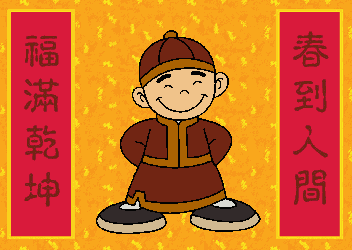 Gong Xi Fa Cai
Gong Xi Fa Cai
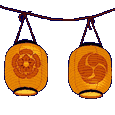



















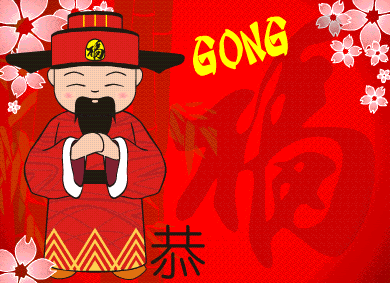

Chinese New Year is the longest and most important celebration in the Chinese calendar. The Chinese year 4713 begins on Feb. 19, 2015.
Chinese months are reckoned by the lunar calendar, with each month beginning on the darkest day. New Year festivities traditionally start on the first day of the month and continue until the fifteenth, when the moon is brightest. In China, people may take weeks of holiday from work to prepare for and celebrate the New Year.
A Fun New Year
Legend has it that in ancient times, Buddha asked all the animals to meet him on Chinese New Year. Twelve came, and Buddha named a year after each one. He announced that the people born in each animal's year would have some of that animal's personality traits.
Those born in monkey years are often fun, energetic, curious, and mischievous. People believe the monkey years bring bad luck to those born in the year of the monkey.
Patricia Arquette, Chelsea Clinton, Tom Hanks, Eleanor Roosevelt, Harry Truman, Grover Cleveland, Charles Dickens, Elizabeth Taylor, Michael Douglas, and Will Smith were born in the year of the monkey.
Fireworks and Family Feasts
At Chinese New Year celebrations people wear red clothes, decorate with poems on red paper, and give children "lucky money" in red envelopes. Red symbolizes fire, which according to legend can drive away bad luck. The fireworks that shower the festivities are rooted in a similar ancient custom. Long ago, people in China lit bamboo stalks, believing that the crackling flames would frighten evil spirits.
The Lantern Festival
In China, the New Year is a time of family reunion. Family members gather at each other's homes for visits and shared meals, most significantly a feast on New Year's Eve. In the United States, however, many early Chinese immigrants arrived without their families, and found a sense of community through neighborhood associations instead. Today, many Chinese-American neighborhood associations host banquets and other New Year events.
The lantern festival is held on the fifteenth day of the first lunar month. Some of the lanterns may be works of art, painted with birds, animals, flowers, zodiac signs, and scenes from legend and history. People hang glowing lanterns in temples, and carry lanterns to an evening parade under the light of the full moon.
In many areas the highlight of the lantern festival is the dragon dance. The dragon—which might stretch a hundred feet long—is typically made of silk, paper, and bamboo. Traditionally the dragon is held aloft by young men who dance as they guide the colorful beast through the streets. In the United States, where the New Year is celebrated with a shortened schedule, the dragon dance always takes place on a weekend. In addition, many Chinese-American communities have added American parade elements such as marching bands and floats.
Read more: Chinese New Year: 2015 http://www.infoplease.com/spot/chinesenewyear1.html#ixzz3QE8Q3iHB
Happy Lunar New Year!
新年快樂!







Chinese New Year is the longest and most important celebration in the Chinese calendar. The Chinese year 4713 begins on Feb. 19, 2015.
Chinese months are reckoned by the lunar calendar, with each month beginning on the darkest day. New Year festivities traditionally start on the first day of the month and continue until the fifteenth, when the moon is brightest. In China, people may take weeks of holiday from work to prepare for and celebrate the New Year.
A Fun New Year
Legend has it that in ancient times, Buddha asked all the animals to meet him on Chinese New Year. Twelve came, and Buddha named a year after each one. He announced that the people born in each animal's year would have some of that animal's personality traits.
Those born in monkey years are often fun, energetic, curious, and mischievous. People believe the monkey years bring bad luck to those born in the year of the monkey.
Patricia Arquette, Chelsea Clinton, Tom Hanks, Eleanor Roosevelt, Harry Truman, Grover Cleveland, Charles Dickens, Elizabeth Taylor, Michael Douglas, and Will Smith were born in the year of the monkey.
Fireworks and Family Feasts
At Chinese New Year celebrations people wear red clothes, decorate with poems on red paper, and give children "lucky money" in red envelopes. Red symbolizes fire, which according to legend can drive away bad luck. The fireworks that shower the festivities are rooted in a similar ancient custom. Long ago, people in China lit bamboo stalks, believing that the crackling flames would frighten evil spirits.
The Lantern Festival
In China, the New Year is a time of family reunion. Family members gather at each other's homes for visits and shared meals, most significantly a feast on New Year's Eve. In the United States, however, many early Chinese immigrants arrived without their families, and found a sense of community through neighborhood associations instead. Today, many Chinese-American neighborhood associations host banquets and other New Year events.
The lantern festival is held on the fifteenth day of the first lunar month. Some of the lanterns may be works of art, painted with birds, animals, flowers, zodiac signs, and scenes from legend and history. People hang glowing lanterns in temples, and carry lanterns to an evening parade under the light of the full moon.
In many areas the highlight of the lantern festival is the dragon dance. The dragon—which might stretch a hundred feet long—is typically made of silk, paper, and bamboo. Traditionally the dragon is held aloft by young men who dance as they guide the colorful beast through the streets. In the United States, where the New Year is celebrated with a shortened schedule, the dragon dance always takes place on a weekend. In addition, many Chinese-American communities have added American parade elements such as marching bands and floats.
Read more: Chinese New Year: 2015 http://www.infoplease.com/spot/chinesenewyear1.html#ixzz3QE8Q3iHB
新年快樂!





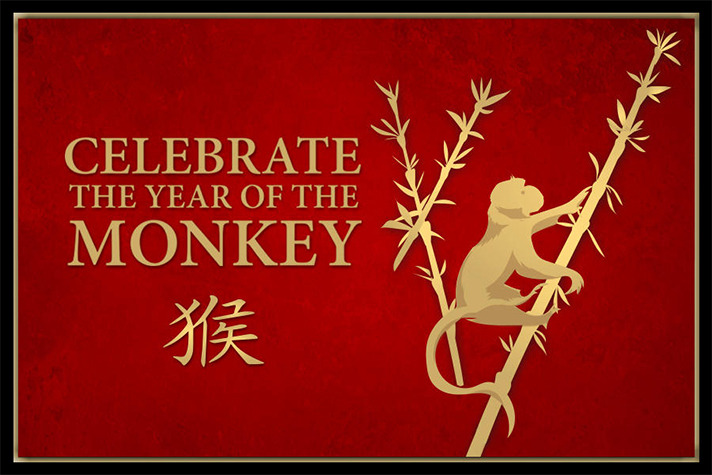
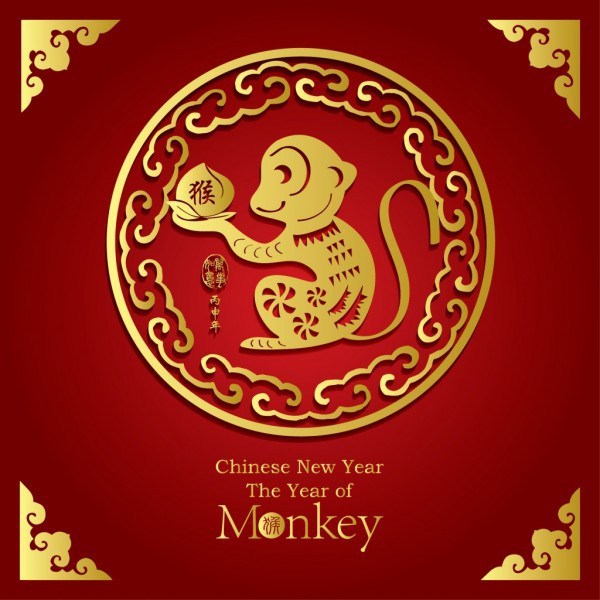














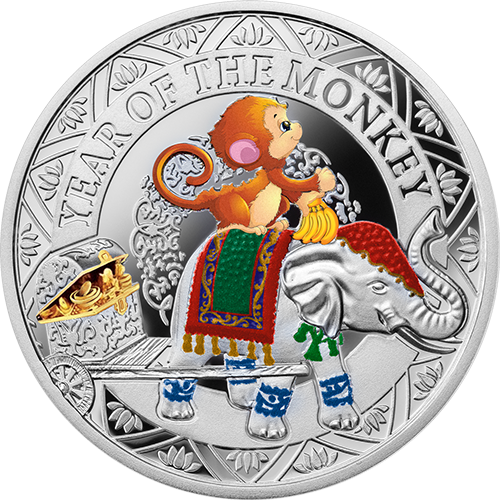
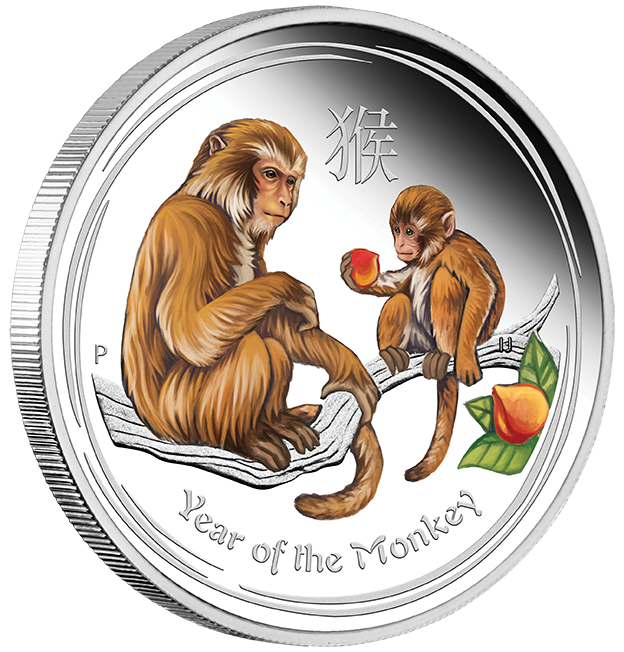
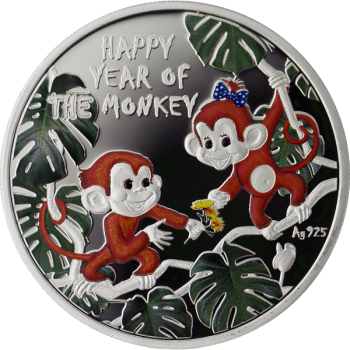
No comments:
Post a Comment